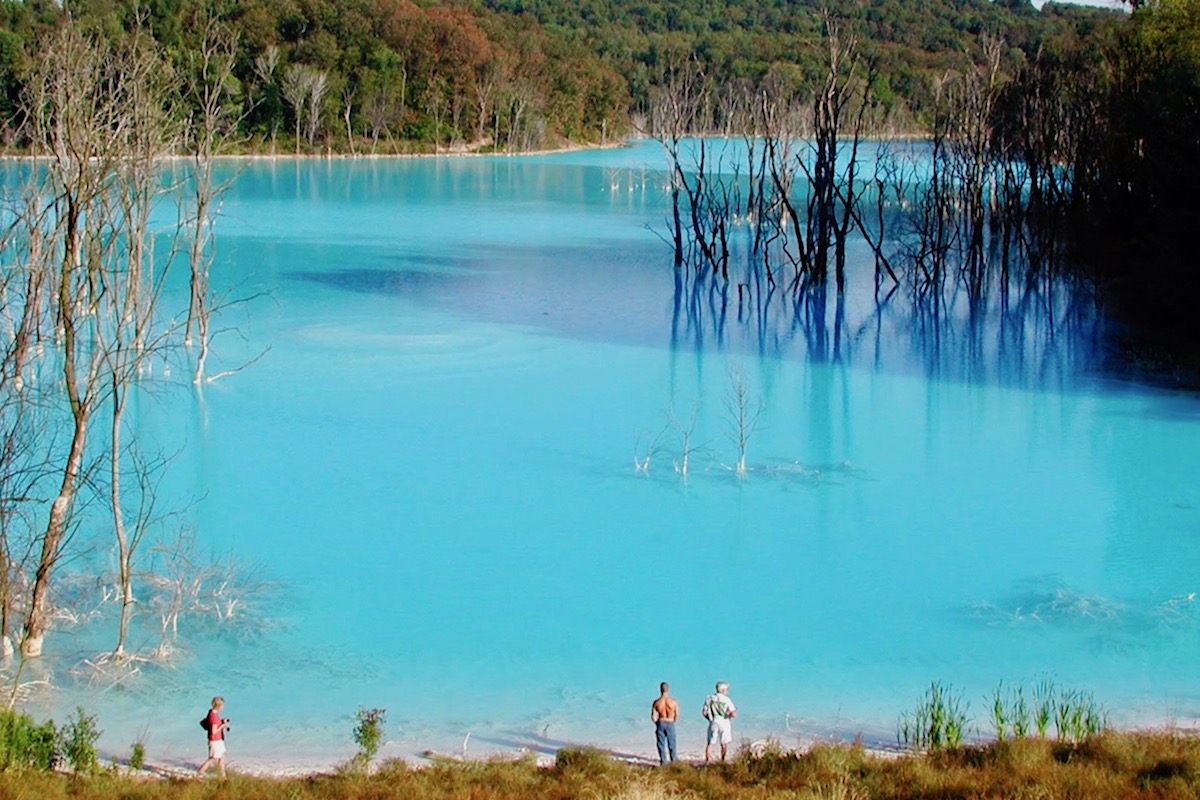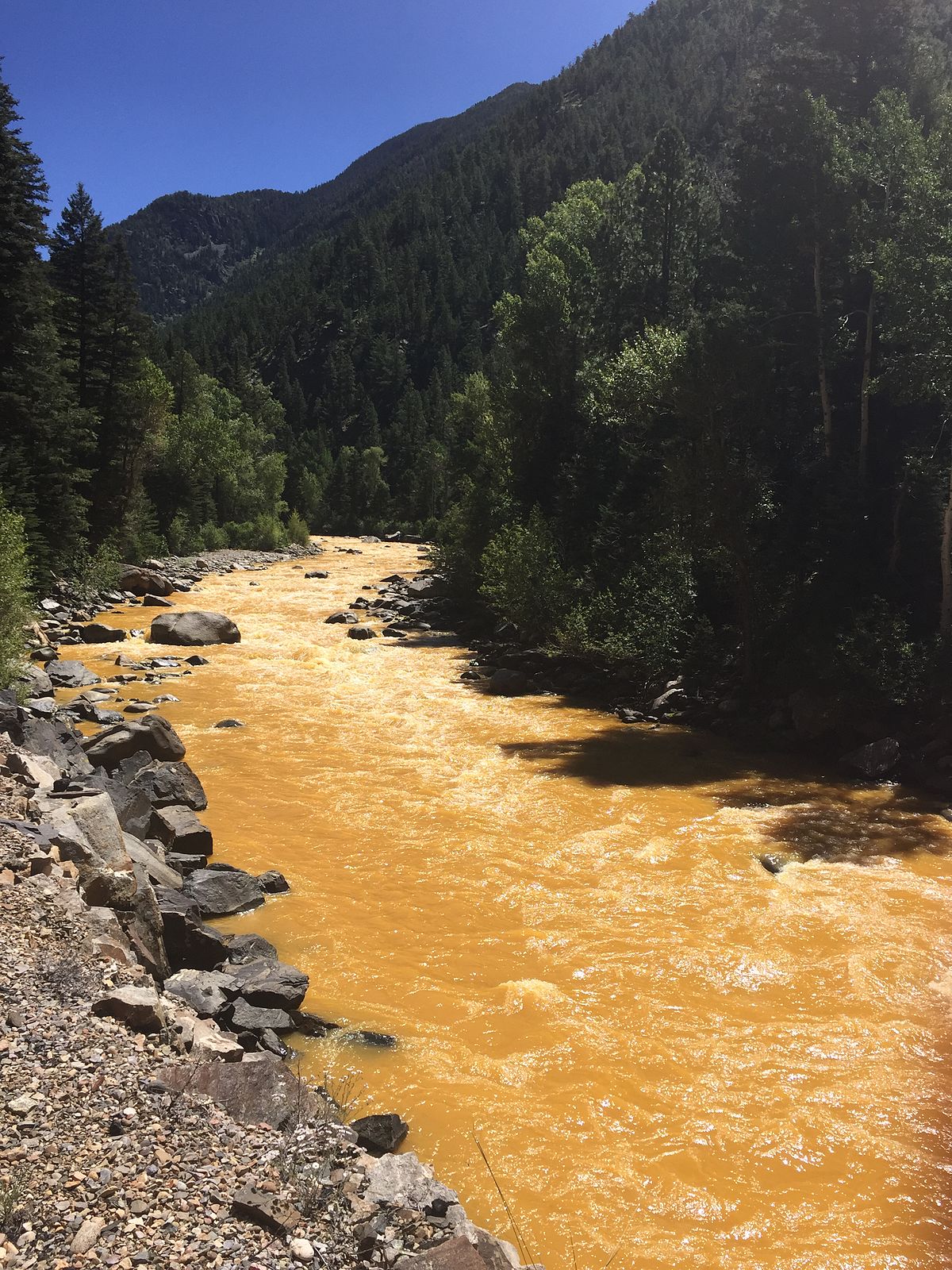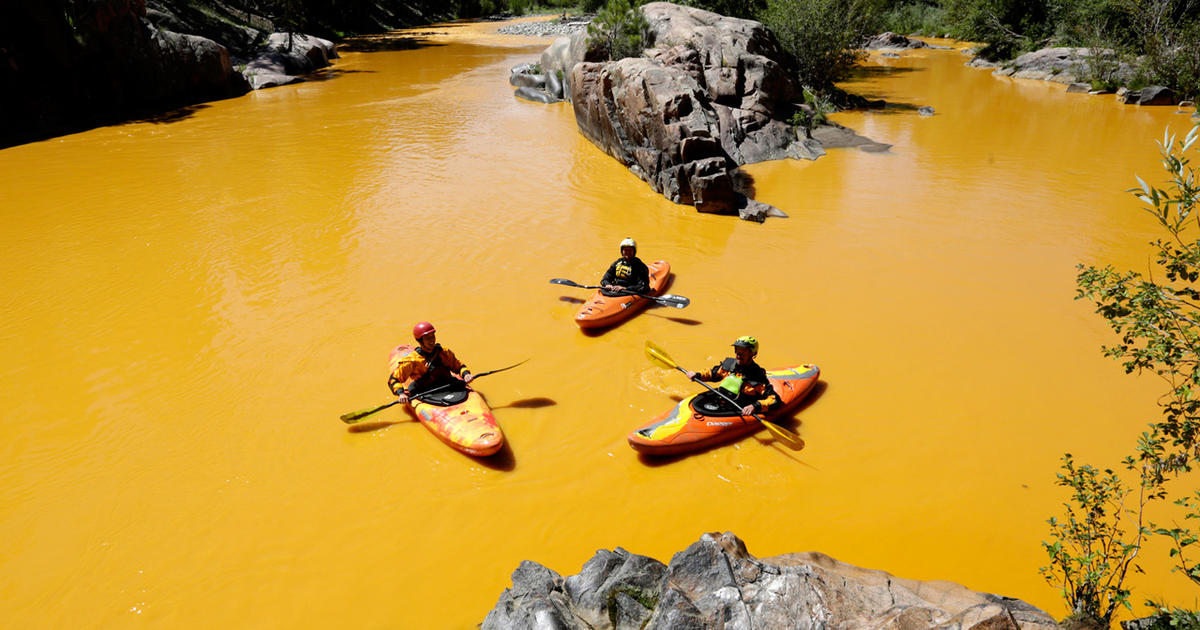Doc7505
Diamond Member
- Feb 16, 2016
- 15,718
- 27,674
- 2,430
THE CAUTIONARY TALE OF THE LARGEST COAL ASH WASTE SITE IN THE U.S.

The Cautionary Tale of the Largest Coal Ash Waste Site in the U.S.
When it became clear that coal ash waste from a nearby power plant was making them sick, residents of one West Virginia town mobilized. But activists fear weakened regulations will make it harder for others to do the same.
 www.alleghenyfront.org
www.alleghenyfront.org
This story was first published on June 22, 2018. The US EPA announced proposed rules for coal ash impoundments on November 4, 2019.
Curt and Debbie Havens’ ranch style home is the gathering place for their family. Their two boys grew up playing in the streets in this quiet neighborhood in West Virginia’s northern panhandle. Now, their grandchildren do the same.
~Snip~
Chester, West Virginia, is a small town of about 3,000 people, just a stone’s throw from Pennsylvania to the east and Ohio to the north. The region’s rolling hills are dotted with family farms and the “world’s largest teapot” proudly welcomes visitors into downtown.
But the area is also home to another object of record-breaking size: the largest coal ash waste site in the United States.
~Snip~
Coal carries trace amounts of many elements, many of them toxic, such as arsenic, lead and mercury. After burning, those contaminants remain in the ash.
According to the EPA, the country has more than 1,000 coal ash sites, including impoundments, or ponds, which store wet waste, and landfills, which store dry waste.
~snip~
For decades, advocates and researchers have said heavy metal-laced water leaks out of these earthen ponds and into the water table. Concerns have surfaced about groundwater contamination from these unlined sites.
In 2015, the EPA finalized a federal rule to regulate coal ash sites. It required utilities to begin testing the groundwater nearby and make that data public. The first batch of data was due this spring.
According to an analysis by WFPL and the Ohio Valley ReSource, all seven coal ash waste disposal sites that reported data in West Virginia show evidence they are leaking.
And some dangerous contaminants are being found at levels above federal drinking water standards. The analysis found lead at six sites at levels above federal limits. And arsenic, which can cause cancer, was detected in wells at four sites.
In March, the Trump administration announced it was revisiting the 2015 regulation.
In a press release, EPA Administrator Scott Pruitt said the changes provide states, “with the ability to incorporate flexibilities into their coal ash permit programs based on the needs of their states.” It would also save utilities from $32-to $100-million. Environmental advocates call it a roll back and they point to Little Blue Run as the cautionary tale of what can go wrong with inadequate regulation.
Like all agencies the EPA has become ineffective and corrupted by politics and bureaucracy.
Commentary:
Love Canal initiated the need for the creation of the Environmental Protection Agency (EPA).
Since that time this agency has done little to nothing during Democrat administrations to remediate these toxic waste sites other than isolating the sites an fining the so called polluters.
May I remind you all of the Gold King mine disaster that polluted the drinking water for thousands of Americans thanks to Gina McCarthy and now our former Climate advisor under Biden.

2015 Gold King Mine waste water spill - Wikipedia
**********

EPA says it won't repay claims for spill that caused yellow rivers
The 2015 Gold King Mine spill released 3 million gallons of wastewater tainted with metals into rivers in Colorado, New Mexico and Utah
**********
/cloudfront-us-east-2.images.arcpublishing.com/reuters/4O6VWFBMV5NUXLE7JJUZDGFOAU.jpg)
Mining cos, feds agree to $90 mln settlement over Gold King Mine spill site
The Environmental Protection Agency and other federal entities, as well as Sunnyside Gold Corp and its parent company Kinross Gold Corp have agreed to drop claims against each other over the responsibility of paying for the cleanup of abandoned mines in southwestern Colorado whose Superfund...
